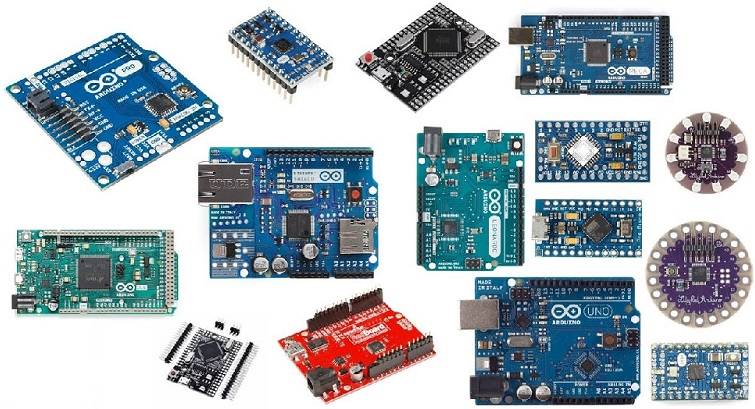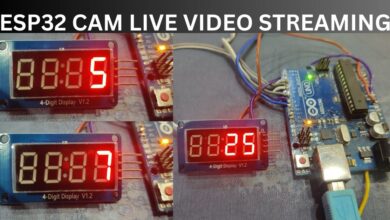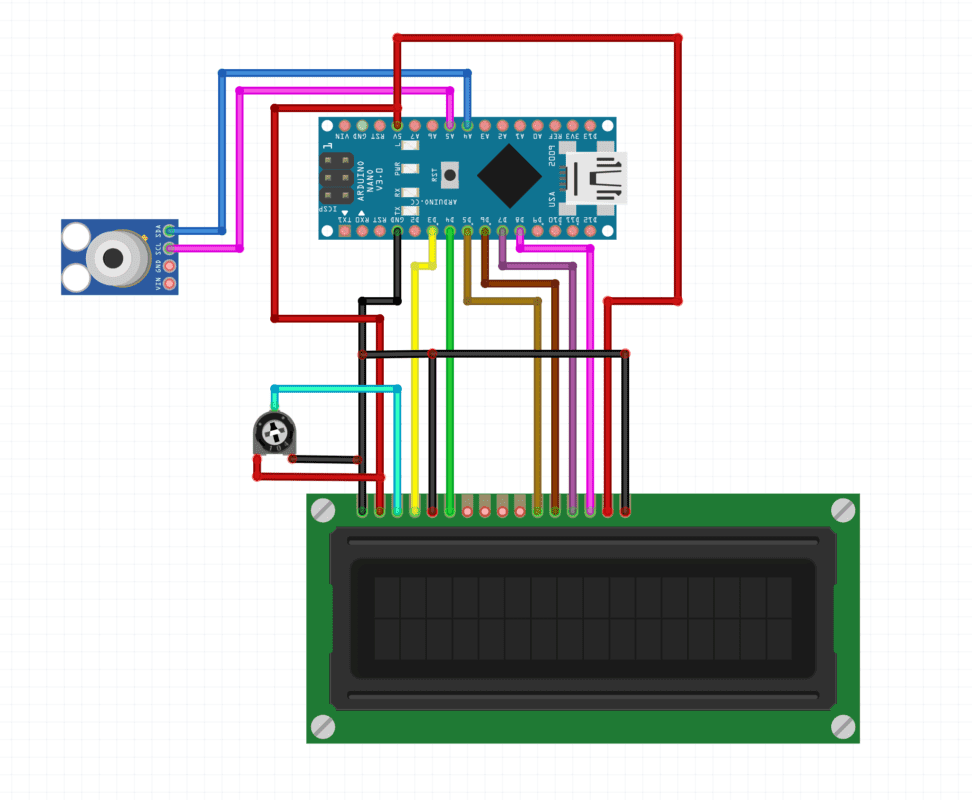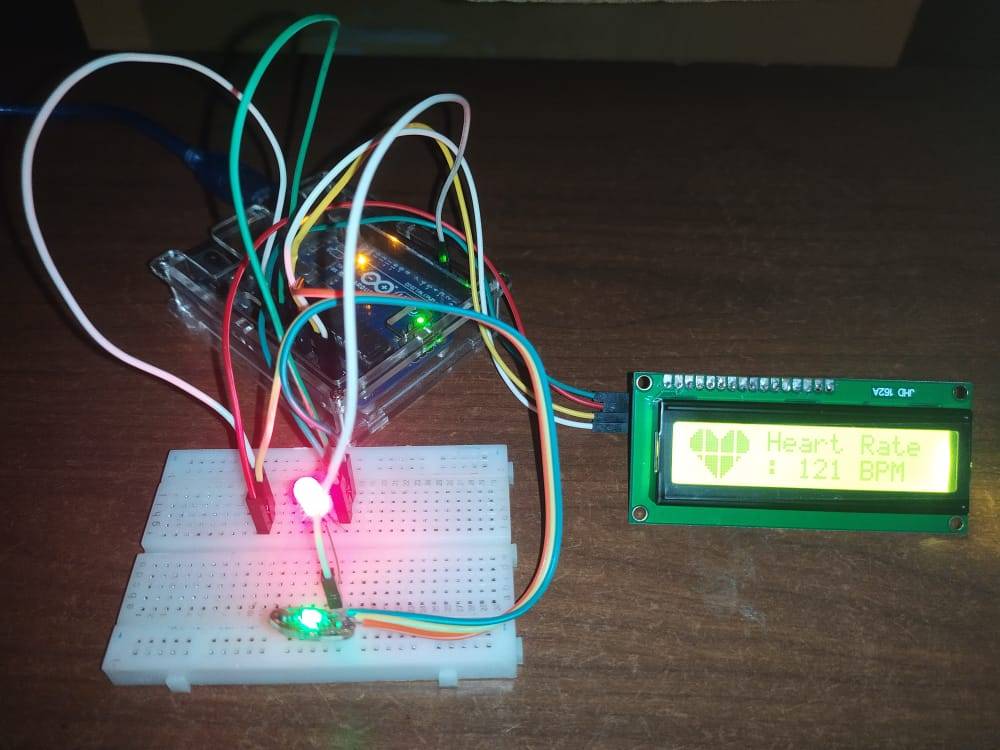Types Of Arduino Boards | Arduino Uno | Mega | Mini | Specification
Table of Contents
Introduction
Hey guys, welcome back to Techatronic. In this article, we are going to discuss different types of Arduino boards used for various purposes. Basically, the major difference among all Arduino boards is their size and the number of input and output pins. Some of them have analog input pins and some don’t. The operating voltage of all the Arduino boards is 5 volts.

Arduino is a microcontroller board and is widely used in industries because we can program it to perform specific tasks. if you want to learn Arduino and you need an Arduino tutorial you can bookmark our website we have uploaded all the articles. if you For writing and uploading the code we are using Arduino IDE software. If you don’t know how to operate Arduino IDE then check our article on it. so, read this full article and you will get to know all types of Arduino You can read more articles on IoT and basic electronics published by us.
Types of Arduino with specifications
Arduino is a microcontroller board that can be used to make various engineering projects. This board is easily available in the market and are very cheap as compared to other microcontroller board. There are so many variants available in the market,
so, you can pick any of them as per your requirements like if you have to perform some heavy tasks then you can go for the Arduino mega board, and if you just want to turn an LED or motor on and off then you can choose Arduino nano or lilypad. You can read about some types of Arduino boards given below.
Arduino Nano
- This is a smallest Arduino powered by a USB cable and it has a surface mounted processor.
- Processor: ATmega328
- Frequency: 16 Mhz
- Size: 43.18 mm x 18.54 mm
- Voltage: 5 volts
- 16 digital I/O pins
- 8 analogue input pins
Arduino UNO
- Among all the models in types of arduino this is widely used. It operates on ATmega328P ic which comes in a 40 pin dual in line package.
- Processor: ATmega328P
- Frequency: 16 MHz
- Size: 68.6 mm x 53.3 mm
- Voltage: 5 volts
- 14 digital I/O pins
- 6 analogue I/O pins
Arduino Mega2560
- This microcontroller is big in size with more I/O pins and functions.
- Processor: ATmega2560
- Frequency: 16 MHz
- Size: 101.6 mm x 53.3 mm
- Voltage: 5 volts
- 54 digital I/O pins
- 16 analogue input pins
Arduino Uno WiFi rev 2
- It has 6 axis accelerometer, gyroscope, NINA/esp32 module that works with wifi and bluetooth.
- Processor: ATMEGA4809, NINA-W132, WiFi module, ECC608 crypto device
- Frequency: 16 MHz
- Size: 68.6 mm x 53.4 mm
- Voltage: 5 volts
- digital I/O pins: 6 (14 are PWM based)
- 5 analogue input pins
- 6 analogue output pins
Arduino / Genuino MKR1000
- It has a compact size and its clock frequency is very high as compared with the other Arduino boards.
- Processor: ATSAMW25 (using WINC1500 2.4 GHz 802.11 b/g/n Wi-Fi, and ECC508 crypto device)
- Frequency: 48 MHz
- Size: 61.5 mm × 25 mm
- Voltage: 3.3 volts
- digital I/O pins: 8 (12 are PWM based)
- 7 analogue input pins
- 1 analogue output pin
Arduino 101/ Genuino 101
- This model comes with 6 axis accelerometer, gyroscope, and Bluetooth.
- Processor: Intel® Curie™ module 2 tiny cores, one x86 (Quark SE) along with ARC
- Frequency: 32 MHz
- Size: 68.8 mm × 53.4 mm
- Voltage: 3.3 volts
- digital I/O pins: 14 (4 are PWM based)
- 6 analogue input pins
- There is no analogue output pin
Arduino Zero
- This board has a 32 bit architecture with a flash memory of 256 Kb.
- Frequency: 48 MHz
- Size: 68.6 mm × 53.3 mm
- Voltage: 3.3 volts
- digital I/O pins: 14 (12 are PWM based)
- 6 analogue input pins
- 1 analogue output pin
Arduino Due
- It is the first Arduino board built with an ARMprocessor with a flash memory of 512 Kb.
- Processor: ATSAM3X8E
- Frequency: 84 MHz
- Size: 101.6 mm × 53.3 mm
- Voltage: 3.3 volts
- digital I/O pins: 52 (12 are PWM based)
- 12 analogue input pins
- 2 analogue output pins
Arduino Leonardo
- Talking about this version of Arduino, it has a micro USB port and flash memory of 32 Kb.
- Processor: Atmega32U4
- Frequency: 16 MHz
- Size: 68.6 mm × 53.3 mm
- Voltage: 5 volts
- digital I/O pins: 20 (7 are PWM based)
- 12 analogue input pins
- There is no analogue output pin
Arduino Ethernet
- Instead of a USB port, this board comes with an ethernet port and has a flash memory of 32 Kb. Newer versions of this board are compatible with power over ethernet (PoE).
- Processor: ATmega 328
- Frequency: 16 MHz
- Size: 101.6 mm × 53.3 mm
- Voltage: 5 volts
- digital I/O pins: 14 (4 are PWM based)
- 6 analogue input pins
- There is no analogue output pin
LilyPad Arduino
- It has a circular structure and is designed for small tasks as there are low features in it.
- Processor: ATmega 168V or ATmega328V
- Frequency: 8 MHz
- Size: 51 mm
- Voltage: 2.7-5.5 volts
- digital I/O pins: 14 (6 are PWM based)
- 6 analogue input pins
- There is no analogue output pin
Arduino Pro Mini
- This Arduino board is designed and manufactured by Sparkfun electronics. It has a flash memory of 32 Kb.
- Processor: ATmega328
- Frequency: 16 MHz
- Size: 17.8 mm x 33.0 mm
- Voltage: 5 volts
- digital I/O pins: 14 (6 are PWM based)
- 6 analogue input pins
- There is no analogue output pin
Arduino Micro
- This is also a special edition of Arduino manufactured by Adafruit electronics with a flash memory of 32 Kb.
- Processor: ATmega32U4
- Frequency: 16 MHz
- Size: 17.8 mm x 48.3 mm
- Voltage: 5 volts
- digital I/O pins: 20 (7 are PWM based)
- 12 analogue input pins
- There is no analogue output pin
Arduino Esplora
- This Arduino board comes with an analog joystick, 4 buttons, some sensors, along with an LCD connector.
- Processor: ATmega32U4
- Frequency: 16 MHz
- Size: 165.1 mm x 61.0 mm
- Voltage: 5 volts
- digital I/O pins: 54 (14 are PWM based)
- 16 analogue input pins
- There is no analogue output pin
Arduino Mega ADK
- This Arduino board is manufactured by Sparkfun industries and it has a flash memory of 256 Kb.
- Processor: ATmega2560
- Frequency: 16 MHz
- Size: 101.6 mm x 53.3 mm
- Voltage: 5 volts
- digital I/O pins: 54 (14 are PWM based)
- 16 analogue input pins
- There is no analogue output pin
Arduino Pro
- This variant of Arduino board is manufactured by sparkfun industries with a flash memory of 16/32 Kb.
- Processor: ATmega168V
- Frequency: 16 MHz
- Size: 52.1 mm x 53.3 mm
- Voltage: 5 volts
- digital I/O pins: 14 (6 are PWM based)
- 6 analogue input pins
- There is no analogue output pin
Arduino Fio
- In this type of Arduino board you can found a XBee socket at the botton of the board.
- Processor: ATmega328P
- Frequency: 8 MHz
- Size: 66.0 mm x 27.9 mm
- Voltage: 3.3 volts
- digital I/O pins: 14 (6 are PWM based)
- 8 analogue input pins
- There is no analogue output pin
Conclusion
We hope that now you are familiar with the basic specifications of all the types of Arduino that we have discussed above. If you have any doubts regarding this post then do let us know in the comments section given below. You can also check out more articles on Arduino and Raspberry Pi.
we have tutorials, projects, sensor interfacing, and basic article on Arduino you must check.
Arduino Projects (87)
Arduino Tutorial (57)
Mini Project (6)
Electronics projects (34)
Embedded Projects (25)
Happy Learning!






